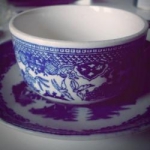How the Bobby Soxers Got Their Name (and Reputation)
The clothes are only part of the story.
Following the rise of jazz and the hardships of the Great Depression a new era of teenaged freedom was being born in the 1940s. Even before rock & roll swept the world a decade later, the 1940s brought with it a culture centered on youth as had never been so visible before. At least some of this newfound love of popular music by young people can be attributed to Frank Sinatra. His vocal style was an imitation of Bing Crosby, but came to be recognizable as his own unique sound. He was called “the Voice” but was also known as “Old Blue Eyes” thanks to his piercing blue eyes. The smooth singers of the era were known as crooners and the girls who adored them came to be known as bobby soxers.

Sinatra had been singing since the late 1930s, but it was his debut album in 1943 that sent fans into a frenzy. Those fans just happened to be young women who typically wore white, folded down socks with their skirts.
The style of clothing at the time for both men and women often involved wearing socks with loafers, saddle shoes, or oxfords. Stockings were not the norm for teen girls during the 1940s. Because they were wearing skirts those white socks were visible and the socks became part of the look for nearly all young ladies in the US. Girls of a certain age who were wearing this uniform and who were obsessed with Sinatra became known as bobby soxers, named for their folded down white socks.
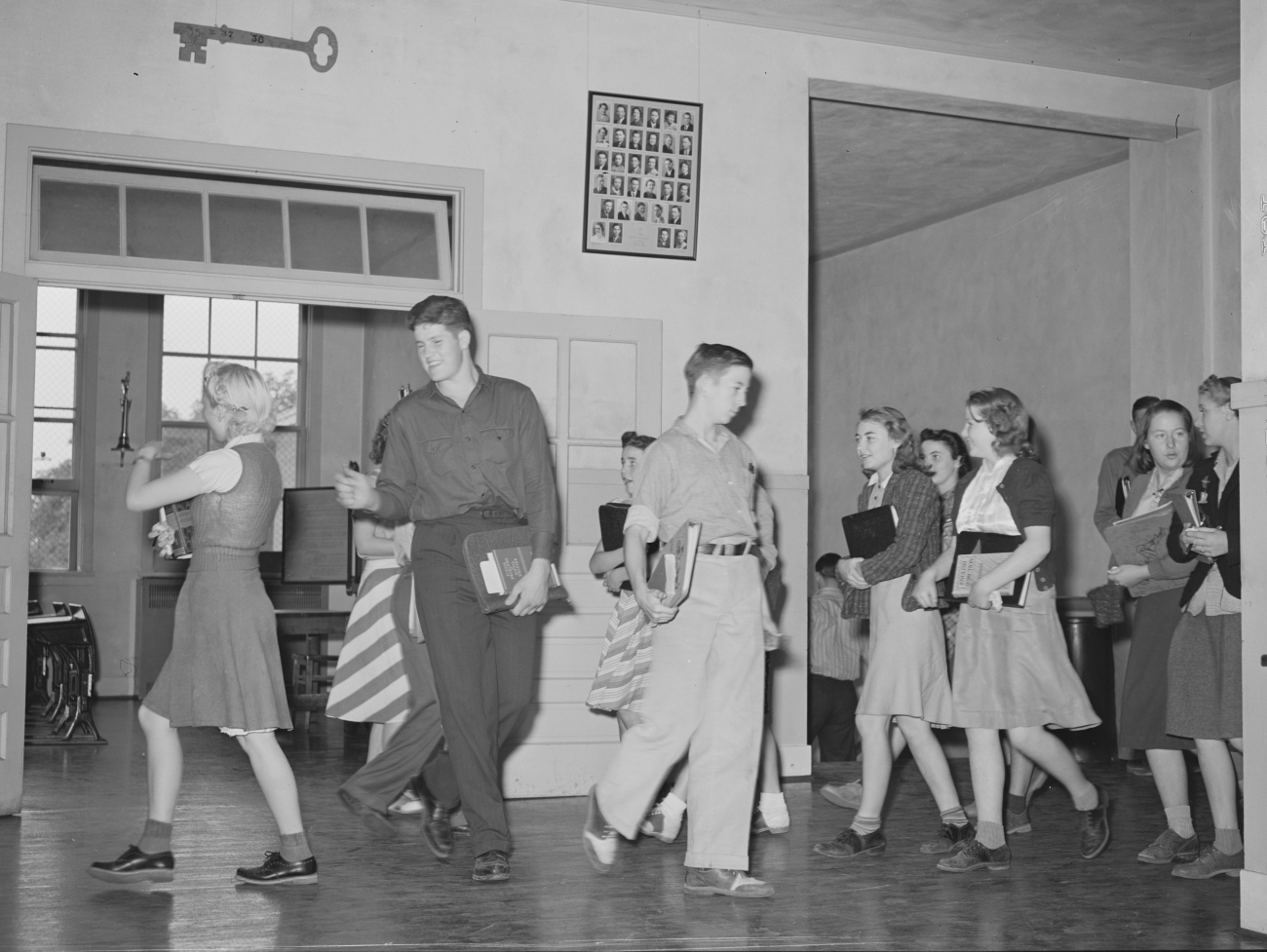
While this term originated in association with Sinatra, it certainly didn’t end with him. The term stuck and was eventually applied to teen girls who loved any male singer. This phrase was used well into the 1950s and it was said that any socks that a teenaged girl bought instantly became bobby sox. The fashion trends changed more slowly back then and by the 1950s many teens were still wearing the same style of socks and shoes that had been in fashion a decade earlier.
An initial write-up about bobby soxers in Newsweek in 1944 declared them to be juvenile delinquents with bad habits. But, the term quickly became synonymous with silly or impulsive behavior, fandom over singers, and a love of music and pop culture.
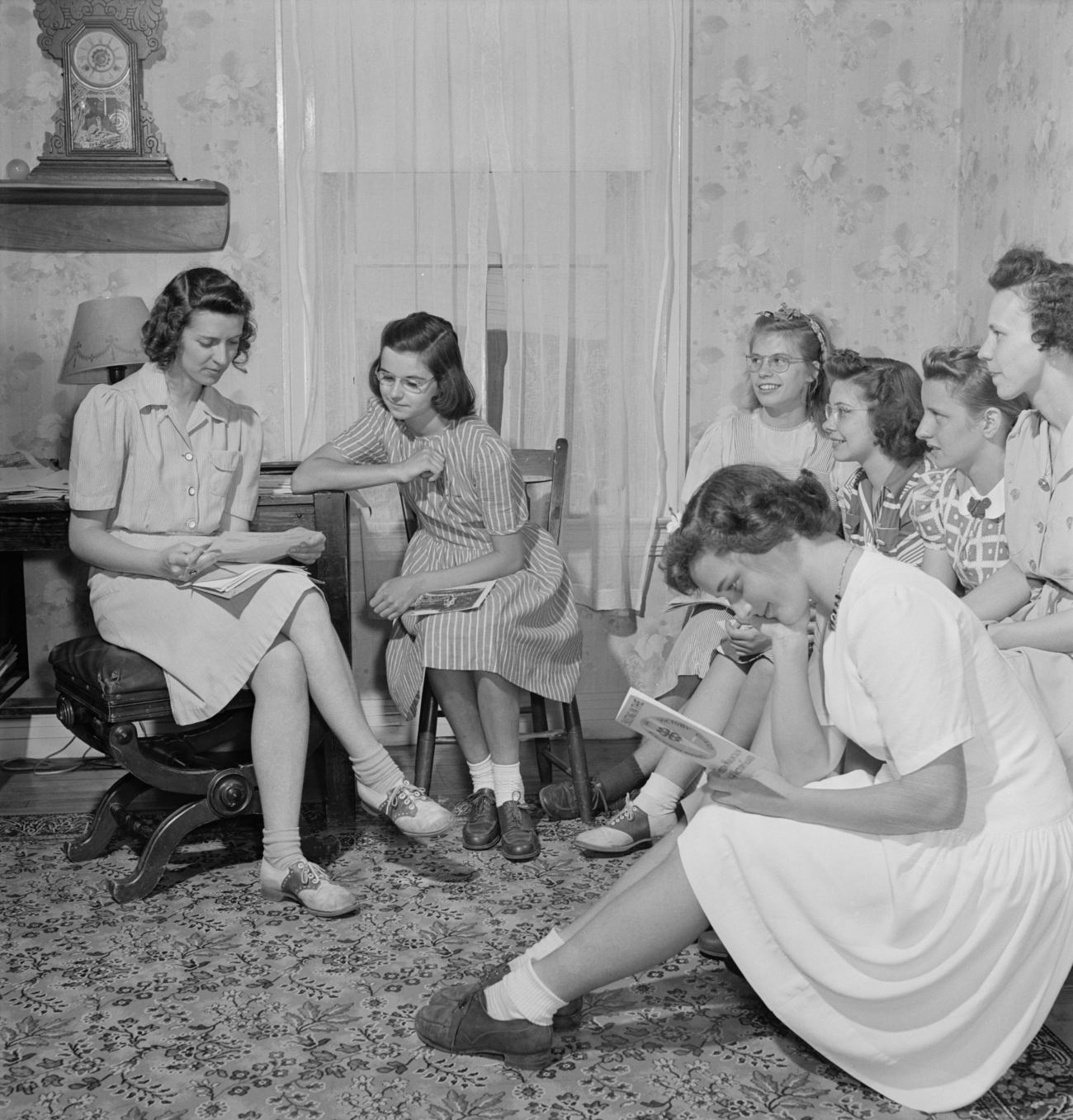
The bobby soxers weren’t only obsessed with singers. The term came to mean girls who were infatuated with movie stars and other celebrities as well, abandoning the the concerns of their real-life boyfriends for studying the stars’ every move.
“Bobby Sox Blues” was a famous song in the 1940s and 1950s covered by many different artists. The lyrics went “Bobby Sox Baby, I gotta let you go. You’ve got a head full of nothing but stage, screen, and radio.” The song also decried her time spent on her scrapbook and her writing of fan letters. Many people thought the bobby soxer only had eyes for movie stars and singers.
Even college girls were not immune from the fashion nor the label of bobby soxers. Co-eds were often also called bobby soxers and were frequently lumped into the same category with high school girls.
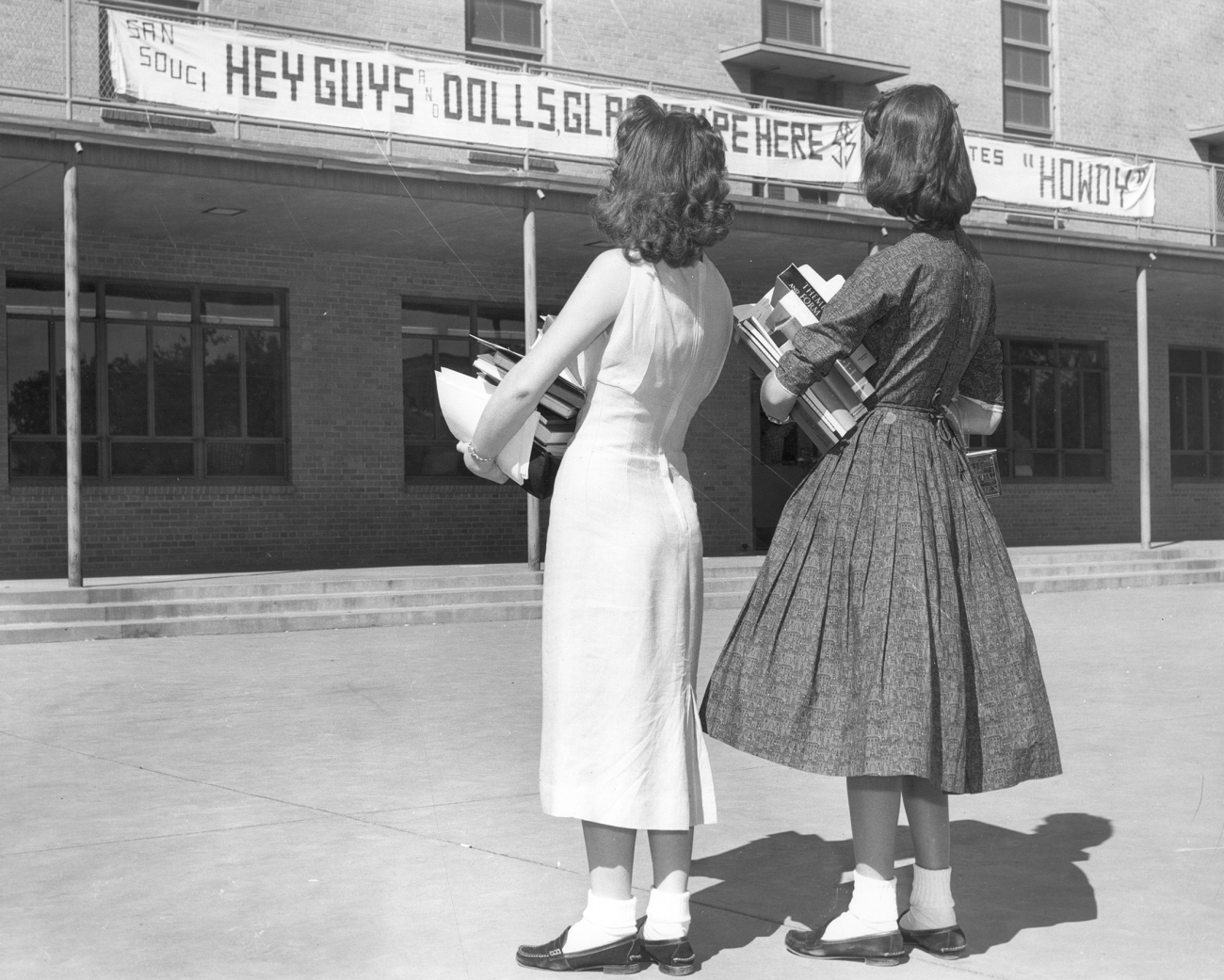
Only one year after Sinatra’s debut album the magazine Seventeen published their first issue which sold out in less than a week, a sign of the looming economic power of the teen listener, reader, and movie-goer. Never before had teenagers been so important to both entertainment and commerce. However, as far back as the 1920s girls had been infatuated with movie stars like Valentino and Douglas Fairbanks, so the momentum had been building for a long time.
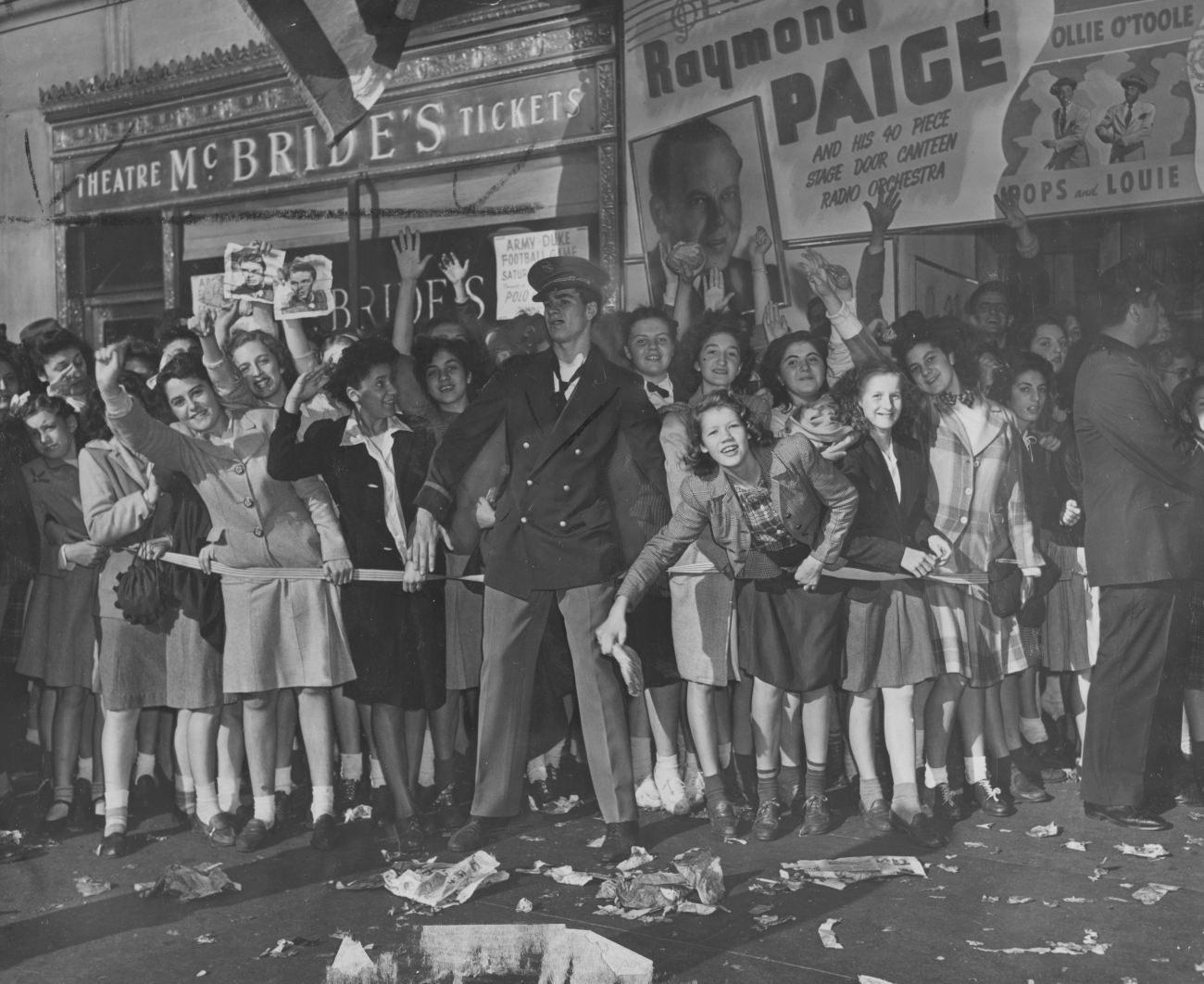
Rock & roll, the British Invasion, and a wave of psychedelic music turned teenaged music fans into a seemingly more sophisticated crowd who donned flared jeans, miniskirts, and fringed jackets. There were so many styles of music and dress in the 1960s that one label failed to capture all the many types of fans. But, the bobby soxers set the stage for a new wave of fandom that would transfer to The Beatles, Elvis, and other rock acts. For a time the teen girls of the 1940s and 1950s were emblems of the era, symbols of what it was to be a teen girl in love with a crooner or a movie star.
SKM: below-content placeholderWhizzco for DOT

